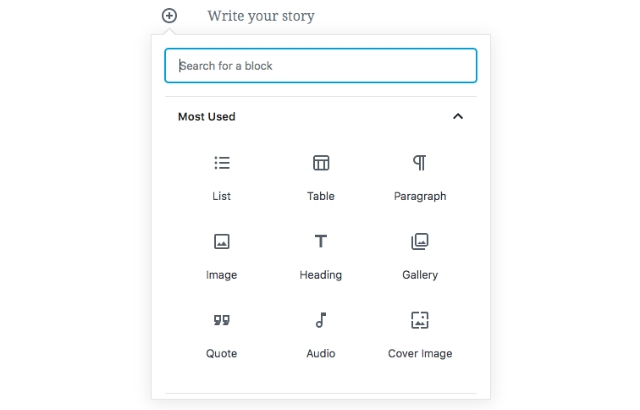Server-side scripting is a pivotal aspect of WordPress development, enabling dynamic and interactive functionalities on websites. Understanding how server-side scripting works in the context of WordPress is crucial for developers looking to create powerful and responsive web applications. Let’s delve into the intricacies of server-side scripting in WordPress to unveil its significance and explore best practices.
Contents
Understanding Server-Side Scripting in WordPress
Server-side scripting involves executing scripts on the server to generate dynamic content before delivering it to the user’s browser. In the context of WordPress, server-side scripting is predominantly achieved through PHP (Hypertext Preprocessor), the server-side scripting language on which WordPress is built.
Key Components
- PHP in WordPress: WordPress core files and themes are primarily written in PHP.
- Dynamic Content Generation: PHP scripts dynamically generate HTML, CSS, and other content.
The Role of PHP in WordPress Development
PHP serves as the backbone of WordPress, handling various server-side tasks. It interacts with the database, processes user requests, and generates dynamic content based on the site’s configuration and user inputs.
Key Functions
- Database Interaction: PHP scripts connect to the WordPress database to retrieve and manipulate data.
- Template Rendering: PHP is used to render templates and generate HTML output.
- User Authentication: PHP handles user authentication and authorization.
WordPress Hooks and Actions
WordPress employs a robust system of hooks and actions, allowing developers to inject custom functionality into various stages of the request lifecycle. Hooks enable the execution of additional PHP code at specific points during the execution of WordPress core functions.
Key Concepts
- Hooks: Entry points in the WordPress code where custom code can be added.
- Actions: Custom functions attached to hooks for additional functionality.
- Filters: Modify data as it passes through specific points in WordPress.
Customizing Themes and Plugins with PHP
Themes and plugins, the building blocks of WordPress customization, heavily rely on PHP for functionality. PHP scripts in themes control the layout and appearance, while plugin scripts add features and extend the capabilities of a WordPress site.
Key Practices
- Theme Development: PHP files in themes control template rendering and layout.
- Plugin Development: PHP scripts in plugins introduce custom features and functionalities.
- Shortcodes: PHP-based shortcodes enable the embedding of dynamic content.
Security Considerations in PHP Scripts
Given its critical role in WordPress, securing PHP scripts is paramount. Developers must adhere to best practices to mitigate potential security risks associated with server-side scripting.
Key Security Measures
- Data Validation: Sanitize and validate user inputs to prevent injection attacks.
- Escaping Output: Use functions like
esc_htmlandesc_urlto escape output. - Secure Database Queries: Employ prepared statements to prevent SQL injection.
- User Authentication: Implement secure user authentication mechanisms.
Read: How To Prevent WordPress Security Breaches
REST API and Server-Side Scripting
The WordPress REST API has emerged as a pivotal tool for server-side scripting, allowing external applications to interact with WordPress. Developers can utilize PHP scripts to create custom REST API endpoints, enabling seamless integration with external systems.
Key Aspects
- Creating Custom Endpoints: PHP scripts define custom endpoints for specific functionalities.
- Data Retrieval and Manipulation: PHP handles data retrieval and manipulation for REST API requests.
- Authentication: Implementing secure authentication mechanisms for API interactions.
Server-Side Scripting for Performance Optimization
Efficient server scripting contributes to the overall performance of a WordPress site. Developers can employ strategies to optimize PHP scripts, reduce server response times, and enhance the user experience.
Key Optimization Techniques
- Caching: Implement caching mechanisms to store pre-generated content.
- Lazy Loading: Load resources dynamically as needed to reduce initial page load times.
- Minification: Minify CSS and JavaScript files to reduce file sizes.
- Query Optimization: Optimize database queries for improved efficiency.
Conclusion: Mastering Server-Side Scripting in WordPress
Server-side scripting in WordPress, driven by PHP, is the engine behind the platform’s dynamic and interactive capabilities. Developers mastering the nuances of PHP, understanding the intricacies of hooks and actions, and prioritizing security measures can create robust and efficient WordPress applications.
By leveraging server-side scripting, WordPress continues to evolve as a versatile and dynamic platform for web development, catering to the needs of a diverse range of websites and applications.




